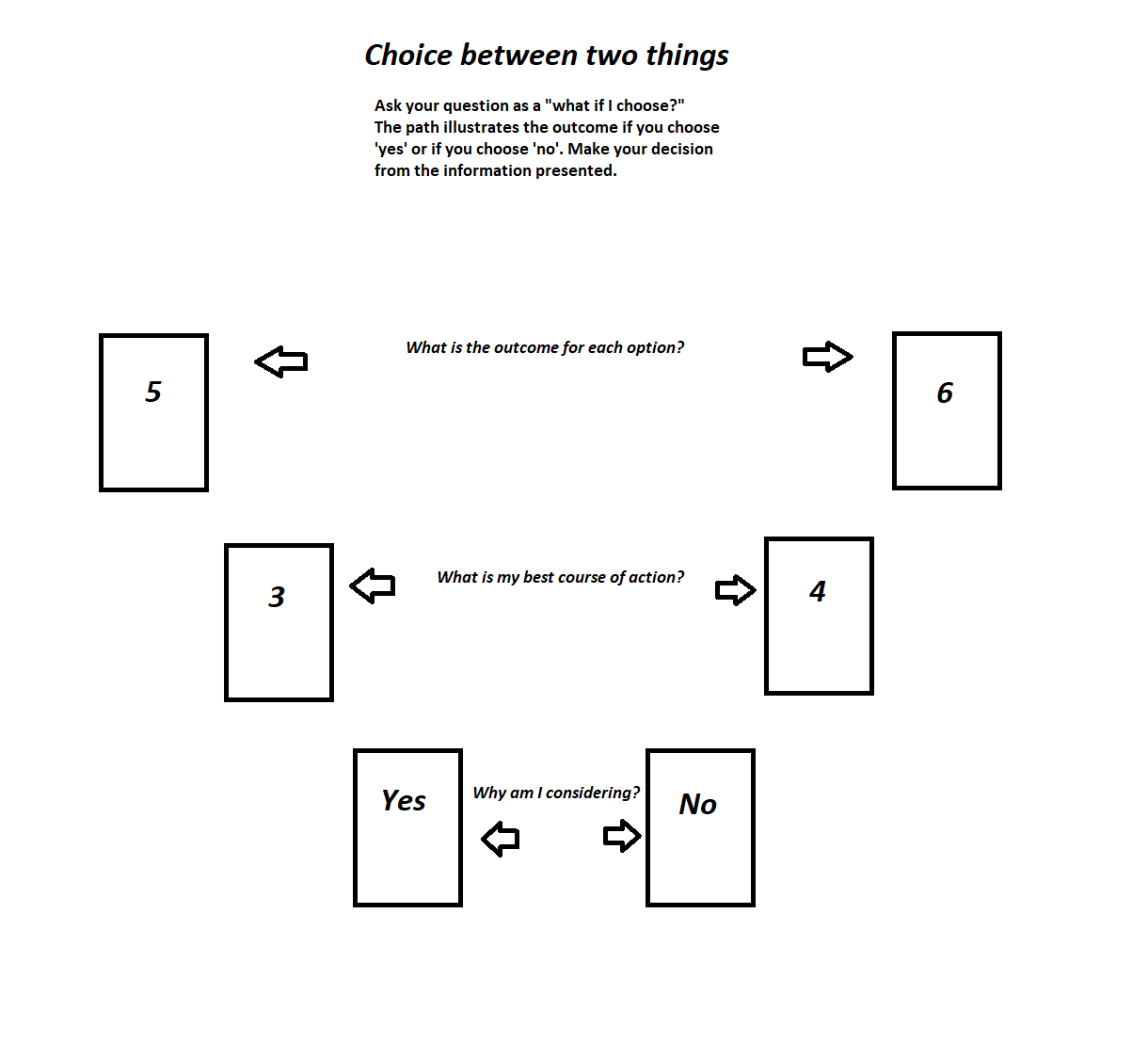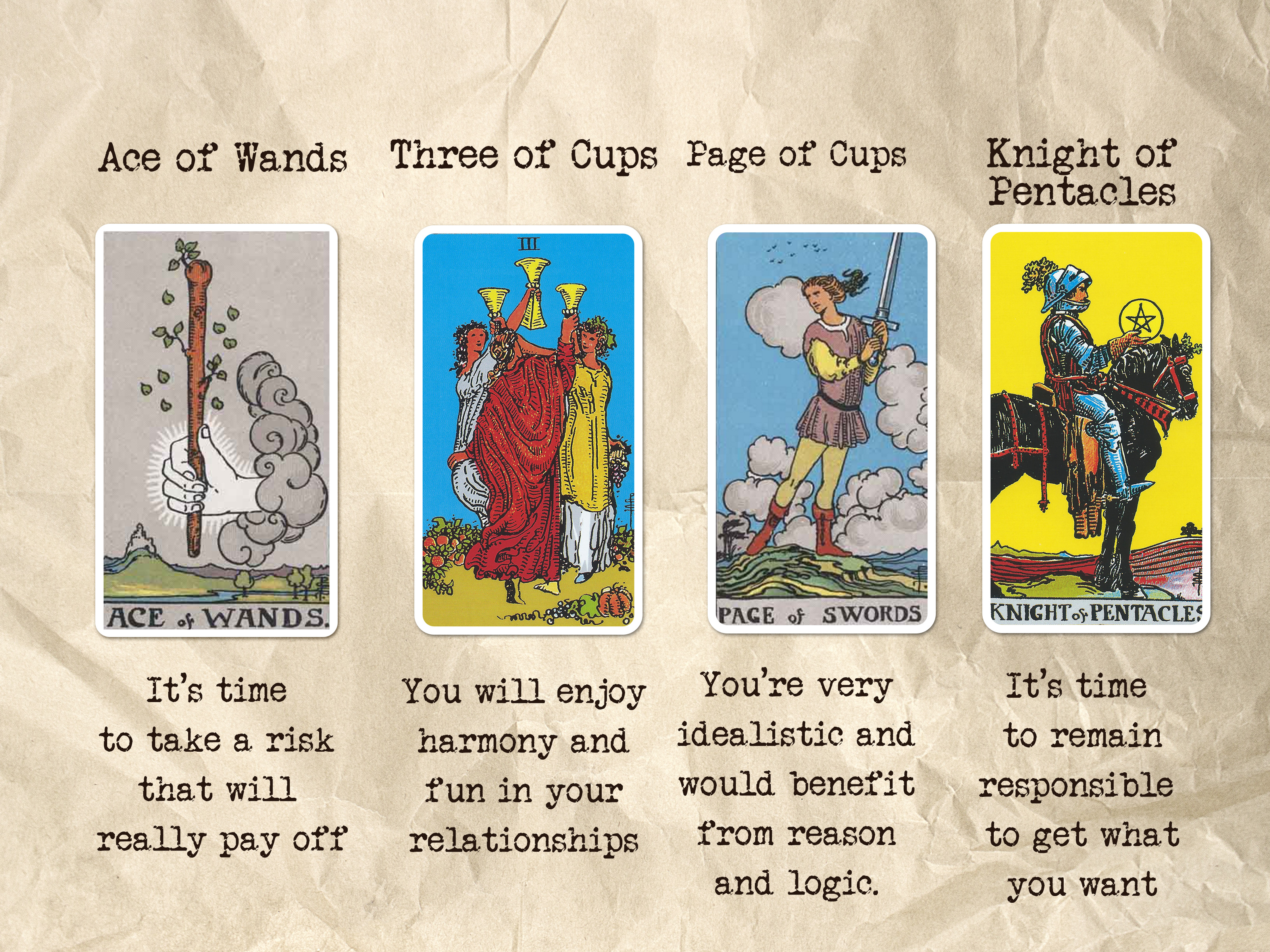My Go-To 10 Card Spread Journey
Alright, so today I felt like diving into a 10-card tarot spread. It’s one of those things I do when I need to get a broader picture, or when things feel a bit muddled. It’s not about predicting the lottery numbers, more like a self-reflection tool for me. So, I grabbed my favorite deck – it’s pretty worn, which I actually like.

First things first, I settled down and cleared my mind a bit. Or tried to, anyway. Life’s noisy, right? I didn’t have a super specific question, just a general “what’s the vibe, what should I be aware of?” kind of feeling. Then, the shuffling. I shuffled those cards for a good while. I like to split the deck a few times, shuffle some more. Some folks are real particular about this, but I just go until it feels right. Then I cut the deck into three piles with my left hand and re-stacked them.
Okay, then it was time to lay them out. The 10-card spread, often called the Celtic Cross, has a pretty standard layout. I started placing them down, one by one:
- The first card went right in the middle – that’s kinda like the heart of the matter, or my current situation.
- The second one I placed across it – this is usually what’s immediately crossing me, the challenge or conflict.
- Then one below that – the foundation, or what’s in the recent past.
- One above – what might be crowning me, or my best aspiration in this.
- To the left of the central cross – that’s the more distant past, stuff that led up to this.
- And to the right – that’s the immediate future, where things might be heading.
After that, I laid out four more cards in a line up the right-hand side, from bottom to top.
- The seventh card (bottom of the new line) – often seen as myself in the situation, or my attitude.
- The eighth card – this represents my environment, or other people’s influence.
- The ninth card – my hopes and fears. This one can be a bit tricky.
- And finally, the tenth card at the top – the potential outcome, where it’s all leading if things continue as they are.
So, all ten cards were face up on the table. Then came the part where I actually looked at them. I usually start with the first two, see how they play together. Then I look at the past and future cards around that central point. It’s like building a story, piece by piece. Some cards, you look at them and think, “Yep, that makes total sense.” Others, you gotta sit with for a minute. “What are you trying to tell me?” I often find myself looking at the pictures, the symbols, not just the “book meaning.”
This time, there were a couple of cards that really stood out. One in the “challenge” position was a bit of a wake-up call, not gonna lie. But then, a card in the “hopes and fears” spot actually felt more like a hope, which was nice. It’s always a mixed bag, isn’t it? I don’t just look at them individually; I try to see if there are connections, repeating numbers or suits, or if the story flows from one card to the next.

After I spent some time just looking and thinking, I grabbed my journal. I always write down the date, the cards I pulled, and just a few bullet points about what struck me. Sometimes I draw a little diagram of the spread. It’s super helpful to look back on these entries later. You see patterns, or how a situation actually played out compared to what you thought back then.
And that was pretty much it for this session. I didn’t come away with all the answers to life, of course. But I felt a bit more grounded, like I had a few things to chew on. It’s a practice, and like any practice, some days it clicks more than others. For me, it’s just a useful way to check in with myself. Anyway, that was my 10-card spread adventure for the day!